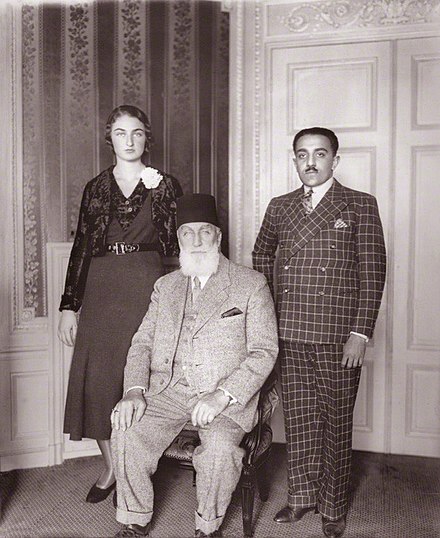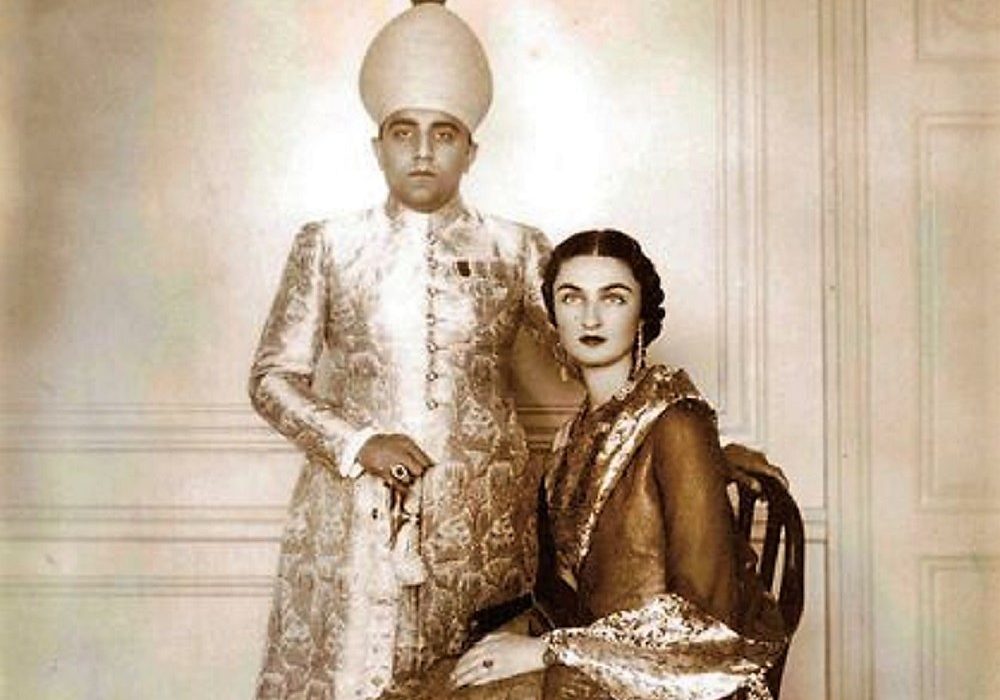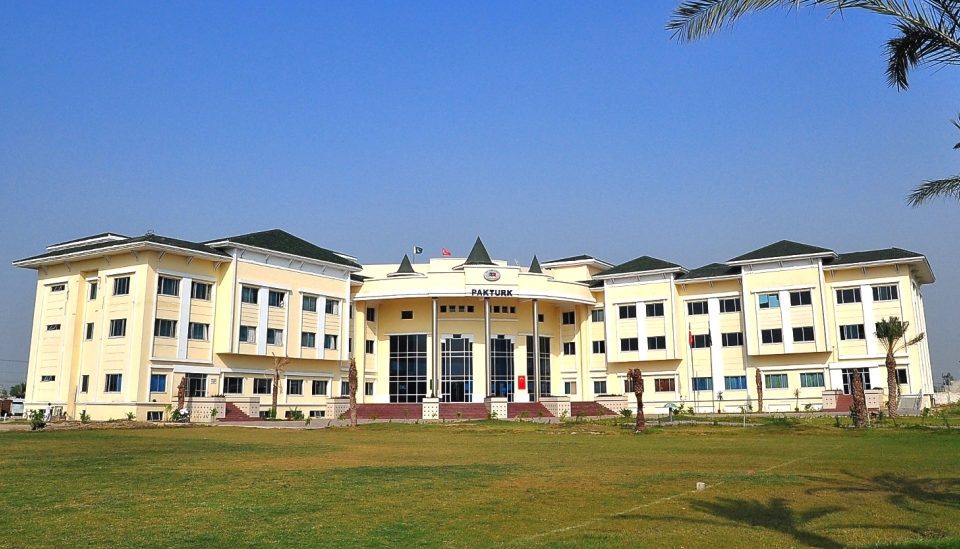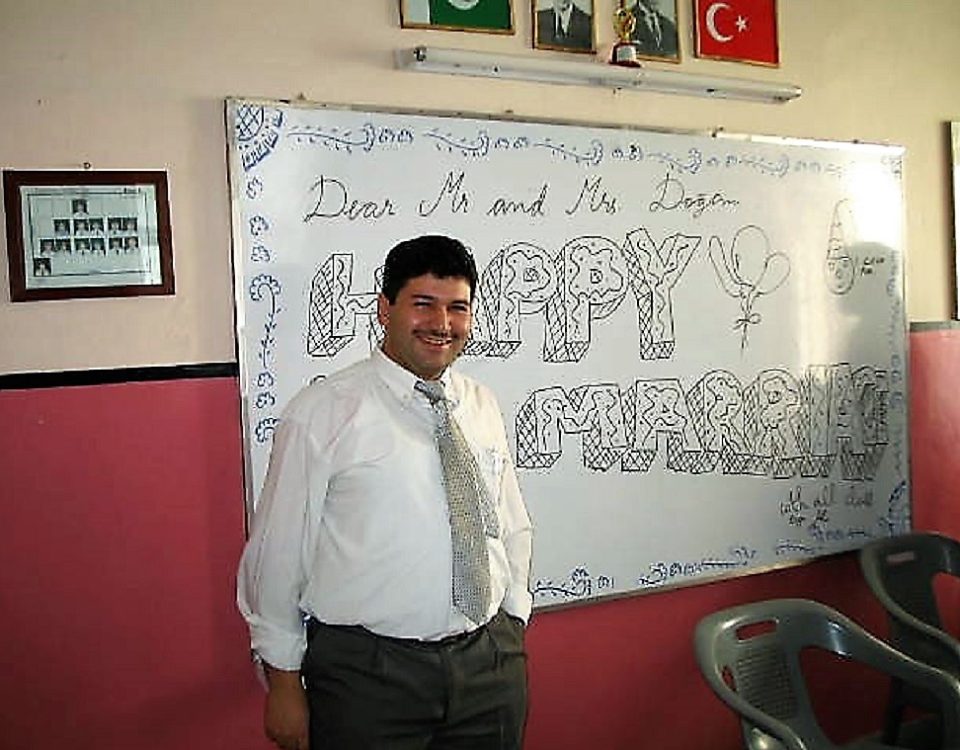Durr-e-Shahwar Sultan’s journey from Istanbul to Hyderabad Deccan (2)

First days in Lahore and changing from principal to teacher!
August 17, 2021
Solitude (Poem)
August 19, 2021Researcher Doğan Yücel wrote the story of Khadija Khayria Durr-e-Shahwar Sultan, the daughter of the last Ottoman Caliph Abdul Majid Effendi, from Istanbul to Hyderabad Deccan. In the second part, he narrated the marriage of Durr-e-Shahwar and Prince Azam Jah, the son of Maharaja Mir Usman Khan, the Nizam of Hyderabad Deccan.
Part Two:
Caliph Abdul Majid and his family settled in Nice, a Mediterranean port city in Southern France, after being exiled from the Ottoman soil. The British Red Crescent Society, which was friendly with the deposed ruler, called on Muslims all over the world to help the Caliph, who was suddenly impoverished. Even after the Caliph Abdul Majid had lost his throne and most of his worldly possessions, he could count on the support of his Indian friends. Nizam Mir Usman Ali Khan, persuaded by Maulana Shaukat Ali, brother of Maulana Muhammad Ali Jauhar, who was then the leader of the Khilafat Movement in the Subcontinent, sent the deposed Caliph a lifetime stipend of £300 a month, an annual pension of £4,000, and allowances for several members of the family.

When Durr-e-Shahwar came of age, she received marriage proposals from the heirs of several Muslim royal families, including the Shah of Iran and the King of Egypt. Maulana Shaukat Ali persuaded the Nizam to take a proposal to the Caliph asking for the marriage of his eldest son, Prince Azam Jah, to Durr-e Shahwar. It was very difficult for the ousted Caliph to refuse this offer of his future son-in-law. Yet, not that easy; the frugal Nizam stated that the £50,000 ‘mahr’ (bride wealth) the Caliph had demanded for his daughter was ‘fairly exorbitant’. However, with the intercession of Shaukat Ali, the Caliph offered to include his brother’s daughter Nilufer in the same bride wealth for the Nizam’s younger son, Prince Muazzam Jah. Nizam immediately accepted this proposal and sent his two sons to France.
Durr-e-Shahwar got married in November 1931, seven years after she went to France, to Prince Azam Jah (1907–1970), the eldest son of Maharaja Mir Usman Khan – the last (seventh) Nizam of Hyderabad who was then considered the world’s richest ruler. She received the title of ‘Princess of Berar’. When they got married, Prince Azam Jah was 24 years old and Sultanzada Durr-e-Shahwar was 17.
The marriage celebration, held at Maulana Shaukat Ali’s mansion in Nice, occurred in a simple ceremony attended by the Sultan’s family members, several Ottoman nobles and friends, and representatives of the Nizam, Sir Akbar Hyderi and Nawab Mehdi Yar Jung. The Caliph conducted the ceremonies. All government offices and educational institutions in the areas under the rule of the Nizam were given a holiday in honour of the celebration.

Princess Durr-e-Shahwar Sultan set off from Venice to Hyderabad, India on 12 December 1931 with her stately entourage, after a one-month celebrations. On the ship was also a renowned passenger named Mahatma Gandhi, who was returning to India after attending the ‘Second Roundtable Meetings’. Maulana Shaukat Ali, who accompanied the newlywed couple, knew of Gandhi’s sympathy for the exiled Caliph; seizing the opportunity, he arranged for Gandhi to meet with the young members of the Hyderabad Deccan Princely State on board of the ship.
However, a setback occurred: Traveling in the ‘third class’, Gandhi was not entitled to step into the ‘first class’. The young Prince of Hyderabad was also not willing to descend to the third class to meet Gandhi there. Shaukat Ali reconciled the two parties and the meeting between Gandhi and the newlyweds took place in a second-class hall.
Sultanzada Nilufer, the cousin of Sultanzada Durr-e-Shahwar, married Prince Muazzam Jah, the other son of the Nizam of Hyderabad.
The marriage of Durr-e-Shahwar Sultan was considered the most significant development that saved the surviving members of the Ottoman Dynasty from their critical situation. Her children Prince Mukarram Jah and Prince Muffakham Jah were born in 1933 and 1939 respectively.

After the birth of his sons, Durr-e-Shahwar Sultan was engaged in their upbringing. She made sure that her sons, Prince Mukarram Jah and Prince Muffakam Jah, received the best education in Europe and married Turkish brides as she always wished. Prince Mukarram studied at Eton, where India’s first prime minister, Jawaharlal Nehru, had studied. Heir apparent to the throne of Hyderabad Deccan years later, Prince Mukarram served as an honorary assistant (ADC) to Prime Minister Nehru on the recommendation of his grandfather, Mir Usman Ali Khan. Nizam nominated his first son and grandson as the heir and the successor, and later his son became Nizam.
Five years after Durr-e-Shahwar’s marriage, her other cousin Sultanzada Selma too arrived as a bride to India, just like Sultanzada Durr-e-Shahwar and Sultanzada Nilufer. Selma married an Indian prince named Syed Sajid Husain Ali, the Raja of Kotwara. The Muslim rulers of Kotwara retained the traditional title of ‘Raja’ after their ancestors converted to Islam in 1488. Selma’s husband, Sajid Husain, was a flamboyant prince educated in Edinburgh. At a young age he had become the ruler of Kotwara, near Lucknow, in the state of Uttar Pradesh.
To be continued…
***
Part One: Durr-e-Shahwar Sultan’s journey from Istanbul to Hyderabad Deccan (1)





No Comment.